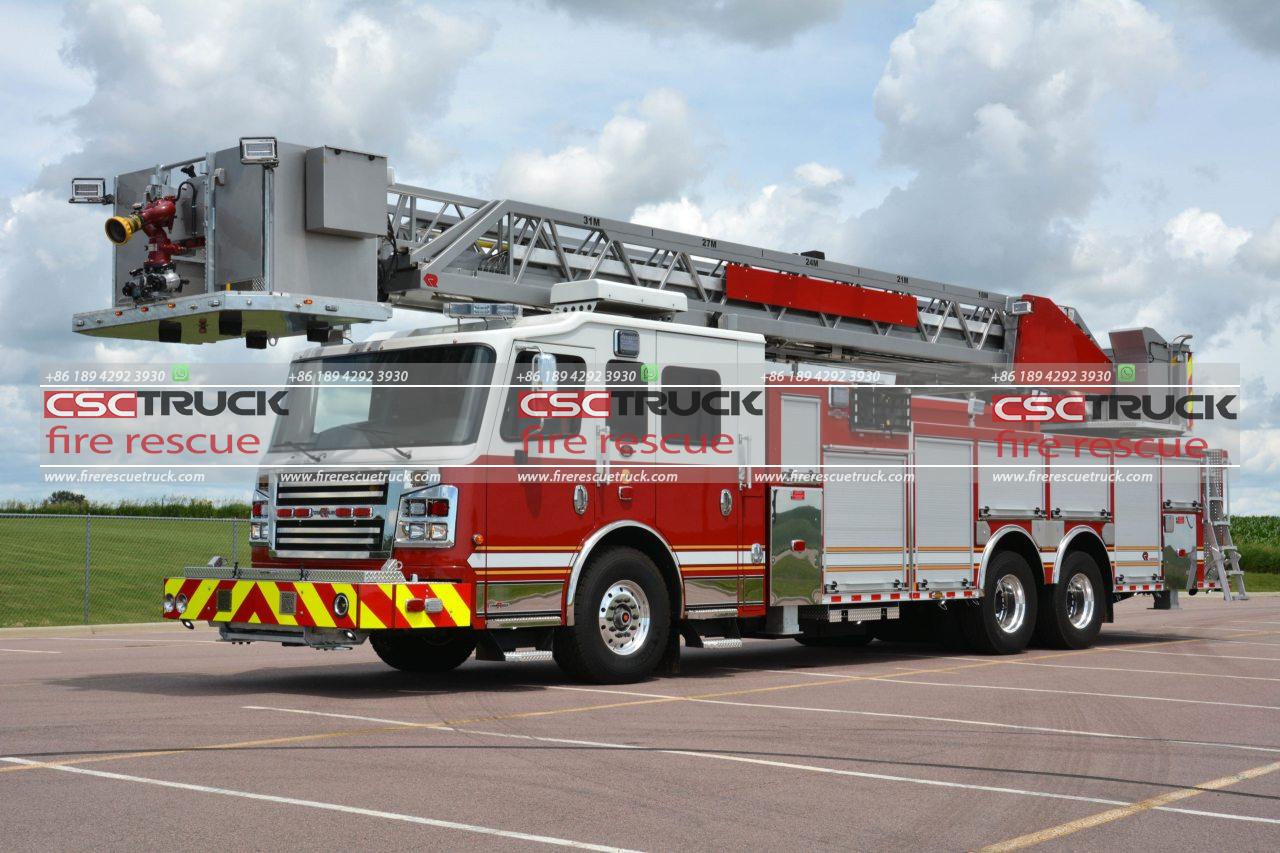Airport Rescue Fire Fighting Truck: Specialized Airport Rescue Fire Fighting Trucks for Aircraft Emergencies
Airports are bustling hubs of activity, with thousands of flights taking off and landing every day. With such high traffic, the potential for emergencies, particularly involving aircraft, is significant. To address these emergencies effectively, airports are equipped with specialized vehicles known as Airport Rescue Fire Fighting (ARFF) trucks. These trucks are not just ordinary fire engines; they are meticulously designed and built to handle the unique challenges posed by aircraft emergencies.
The Role of ARFF Trucks
ARFF trucks play a critical role in ensuring the safety of passengers, crew, and airport personnel. Their primary mission is to respond to aircraft incidents and accidents, including fires, crashes, and fuel spills. These emergencies require rapid response and specialized equipment, as the conditions can be vastly different from those encountered in typical urban firefighting scenarios.
Design and Features of ARFF Trucks
ARFF trucks are distinct from municipal fire engines in several ways. They are designed for high-speed response and are often equipped with four-wheel drive to navigate the varied terrain of an airport, including runways, taxiways, and grassy areas. Their design also emphasizes maneuverability, enabling them to reach the scene of an incident quickly, even in challenging conditions.
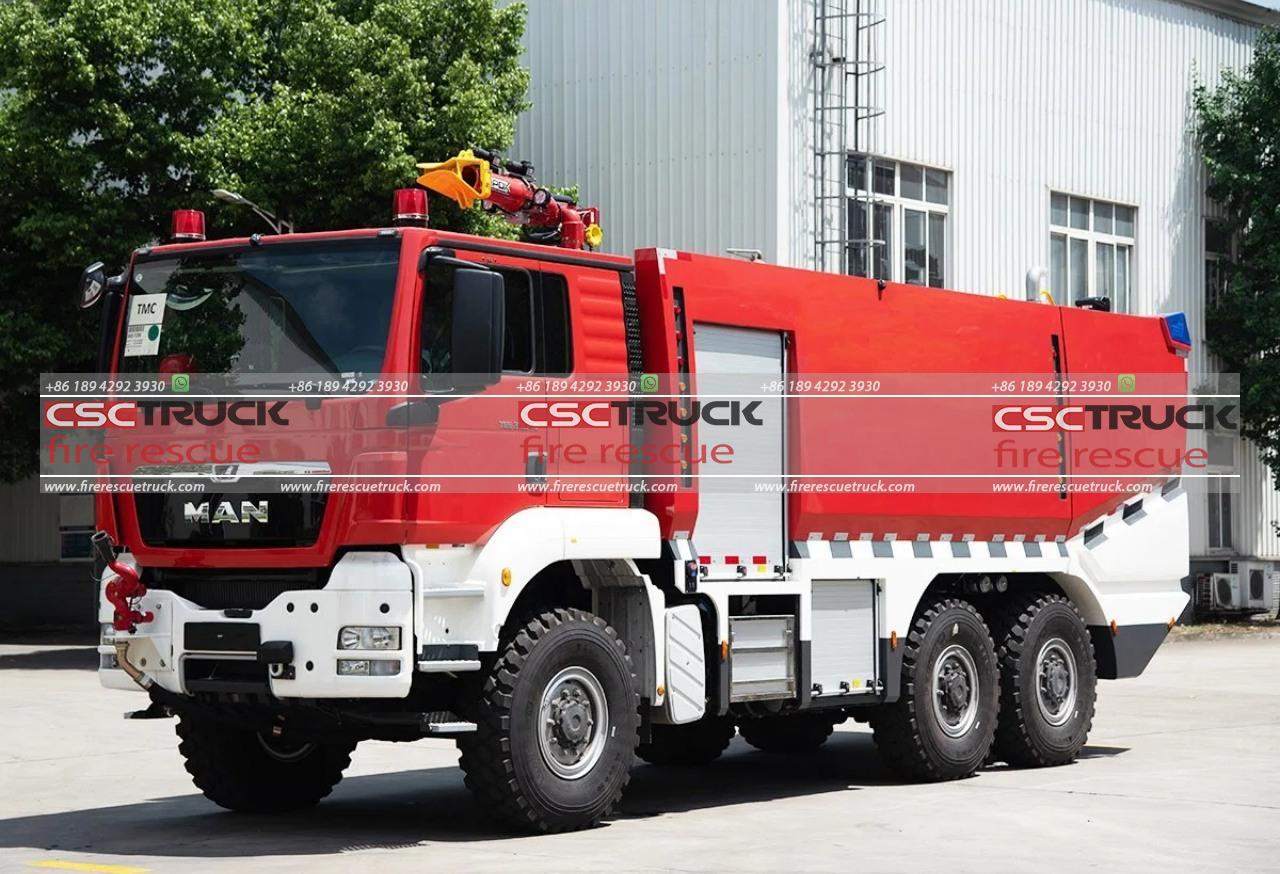
Speed and Mobility
Speed is of the essence in aircraft emergencies. ARFF trucks are built to accelerate rapidly and reach speeds exceeding 70 miles per hour. This capability ensures that they can arrive at an incident site within the critical first few minutes, which is essential for effective firefighting and rescue operations.
Powerful Fire Suppression Systems
One of the most important features of ARFF trucks is their advanced fire suppression systems. These trucks are equipped with powerful pumps that can deliver large volumes of water, foam, and dry chemicals. The foam, typically aqueous film-forming foam (AFFF), is particularly effective at smothering jet fuel fires, which burn hotter and more intensely than typical fires. Some ARFF trucks also have high-reach extendable turrets (HRETs) that can pierce the fuselage of an aircraft to deliver firefighting agents directly to the interior, a critical feature for combating cabin fires.
Water and Foam Capacity
The water and foam capacity of ARFF trucks is another distinguishing characteristic. These vehicles can carry thousands of gallons of water and foam concentrate, allowing them to sustain firefighting efforts for extended periods. The ability to deplete and then refill these tanks quickly from nearby hydrants or other sources is crucial for maintaining a continuous firefighting operation.
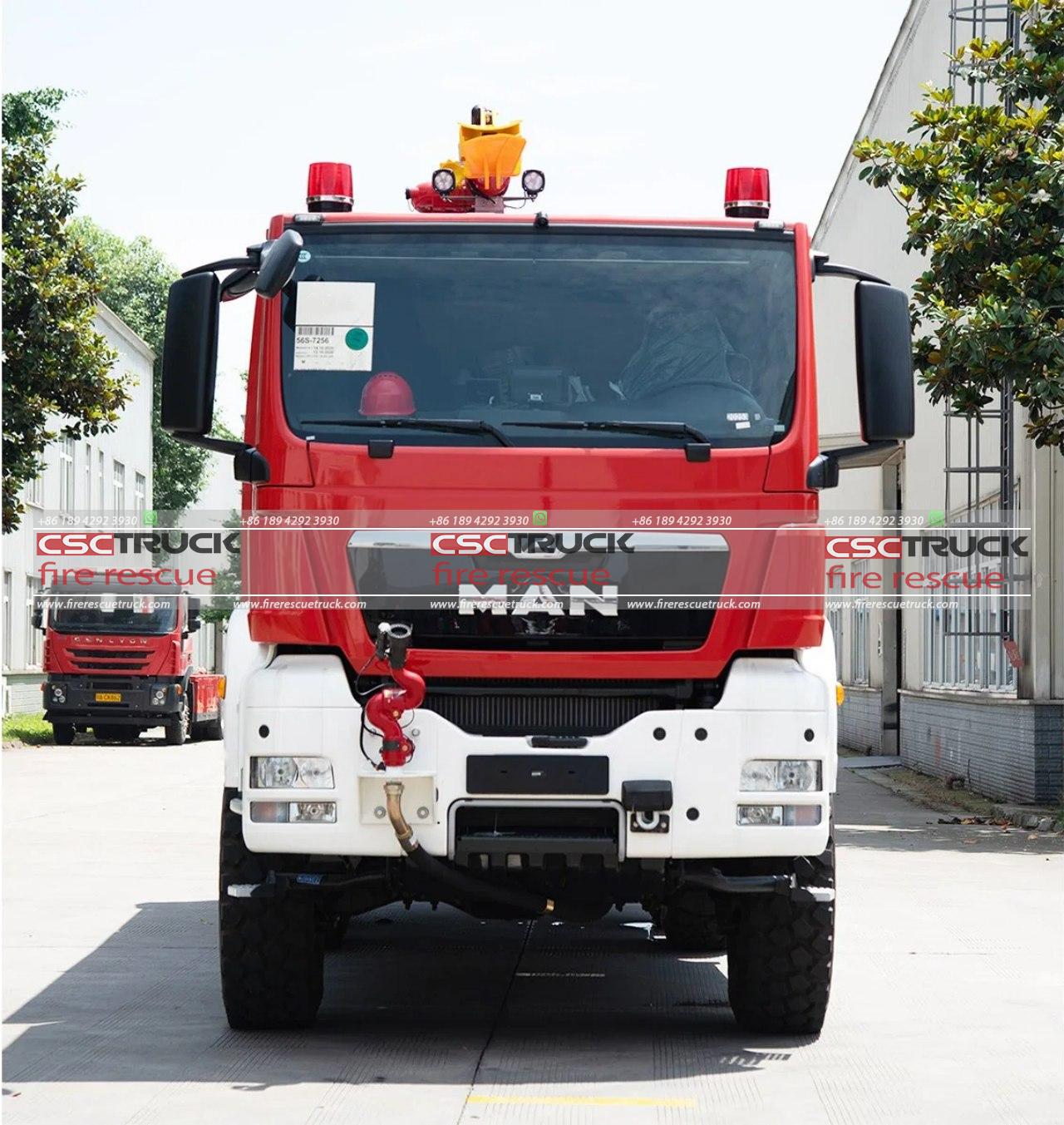
Specialized Rescue Equipment
In addition to firefighting capabilities, ARFF trucks are equipped with a variety of rescue tools. These include hydraulic cutters and spreaders (often referred to as the “Jaws of Life“), which are essential for extricating passengers from damaged aircraft. Other tools include thermal imaging cameras to locate passengers in low-visibility conditions and medical equipment to provide initial care to injured individuals.
Training and Preparedness
Operating an ARFF truck requires specialized training. ARFF personnel must be well-versed in both firefighting and aircraft-specific rescue techniques. This training includes familiarization with different types of aircraft, understanding the unique hazards associated with aviation fuels, and learning the procedures for safely approaching and operating around aircraft.
Regular drills and simulations are a crucial part of maintaining readiness. These exercises help ensure that ARFF teams are prepared for a wide range of scenarios, from minor incidents to major accidents. Collaboration with other airport departments and external emergency services is also essential for coordinated and effective responses.
Technological Advancements
The field of ARFF is continually evolving, with advancements in technology playing a significant role in improving the effectiveness of these vehicles. Modern ARFF trucks are often equipped with state-of-the-art communication systems, allowing for seamless coordination with airport control towers and other emergency responders. Advanced navigation and tracking systems help ARFF trucks reach incident sites quickly and efficiently, even in complex airport environments.
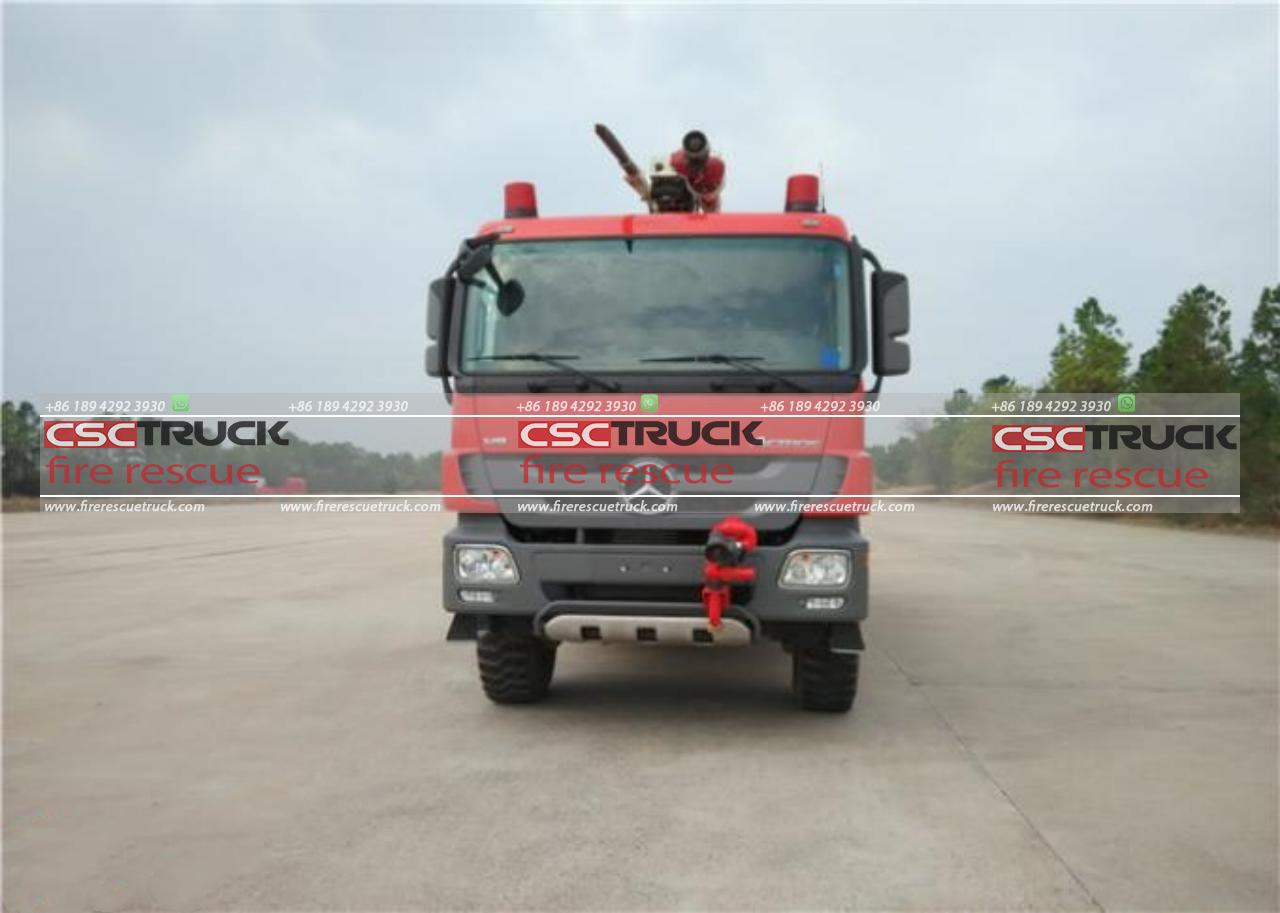
Thermal Imaging and Night Vision
Thermal imaging cameras and night vision equipment enhance the ability of ARFF crews to operate effectively in low-visibility conditions, such as at night or in heavy smoke. These technologies can help locate individuals who may be trapped inside an aircraft or identify hotspots that need to be extinguished.
Autonomous and Remote-Controlled Systems
In recent years, there has been significant interest in developing autonomous and remote-controlled ARFF vehicles. These systems have the potential to enhance safety by allowing firefighting operations to be conducted remotely, reducing the risk to human operators. Autonomous ARFF trucks can be programmed to navigate airport grounds and perform specific tasks, such as applying fire suppression agents or conducting reconnaissance.
The Future of ARFF Trucks
As aviation technology continues to advance, so too will the capabilities of ARFF trucks. The future may see the integration of artificial intelligence (AI) to assist with decision-making during emergencies, as well as the use of drones for aerial reconnaissance and assessment.
Environmental considerations are also driving innovation in the design of ARFF trucks. Efforts are being made to develop more environmentally friendly fire suppression agents and to reduce the carbon footprint of these vehicles through the use of electric or hybrid powertrains.
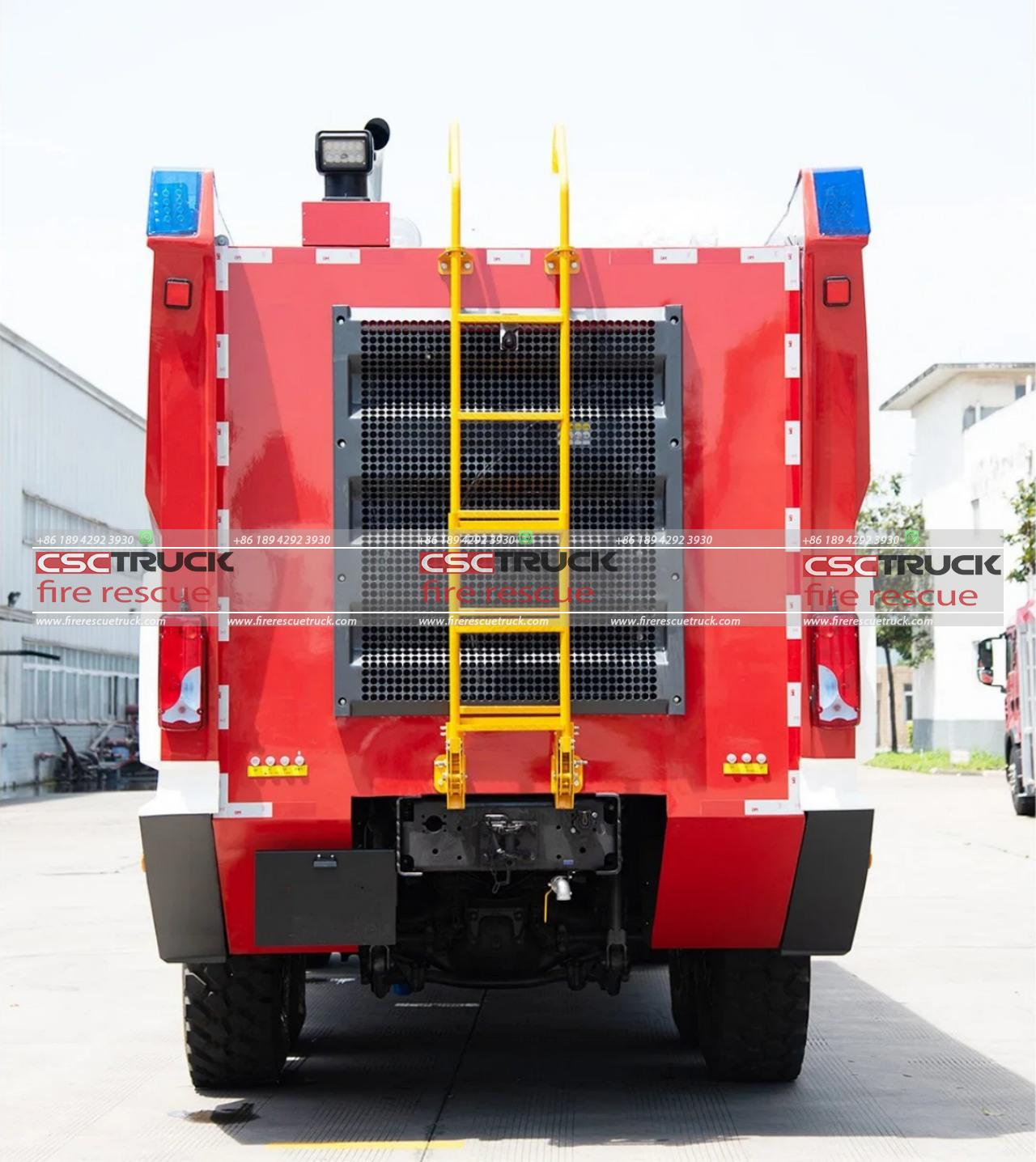
Conclusion
ARFF trucks are a vital component of airport safety, designed to handle the unique challenges of aircraft emergencies. Their specialized features, including high-speed response capabilities, powerful fire suppression systems, and advanced rescue equipment, make them indispensable in ensuring the safety of air travel. Continuous training and technological advancements ensure that ARFF teams are prepared to respond effectively to any incident, safeguarding lives and property. As aviation and firefighting technologies continue to evolve, the capabilities of ARFF trucks will only improve, further enhancing their critical role in airport rescue and firefighting operations.






